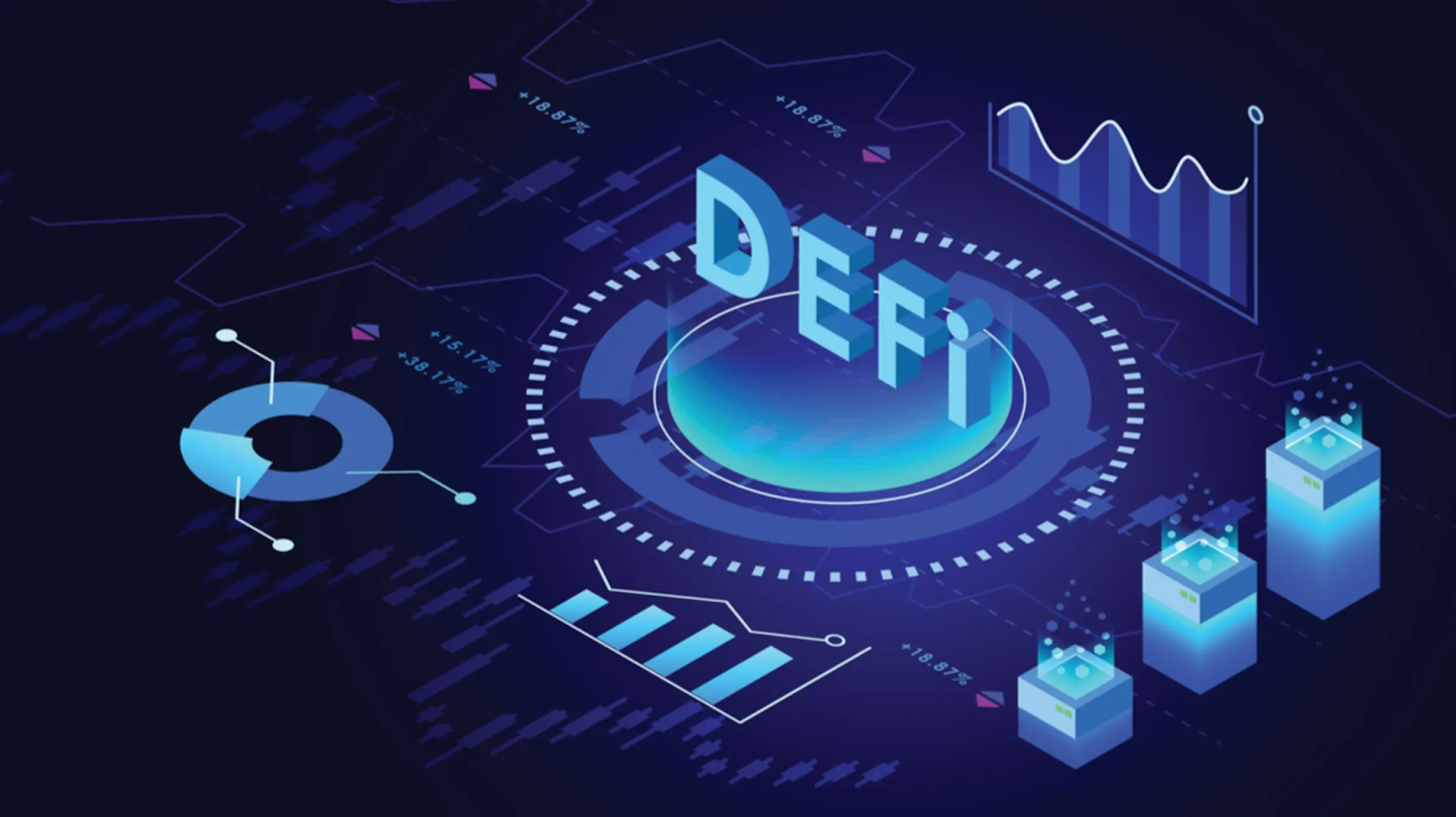Blockchain 101: Understanding DeFi – Unlocking the Potential of Decentralized Finance
Introduction
Decentralized Finance, or DeFi, has emerged as a groundbreaking movement within the blockchain industry. By leveraging blockchain technology, DeFi aims to revolutionize traditional financial systems, offering open, accessible, and transparent alternatives. In this article, we will delve into the concept of DeFi, explore its core principles, and highlight its potential to reshape the financial landscape.
Understanding DeFi
DeFi refers to a range of financial applications and protocols built on decentralized blockchain networks, with Ethereum being the primary platform of choice. Unlike traditional financial systems that rely on intermediaries like banks and financial institutions, DeFi strives to provide direct and inclusive financial services to individuals.
Key Principles of DeFi
- Decentralization: DeFi operates on decentralized blockchain networks, eliminating the need for intermediaries and central authorities. Transactions and financial activities occur directly between participants, fostering trust, transparency, and autonomy.
- Openness: DeFi protocols are built on open-source code that anyone can examine, modify, and contribute to. This openness promotes collaboration, innovation, and community-driven governance, enabling the collective advancement of the ecosystem.
- Permissionless: DeFi platforms allow anyone with an internet connection and a compatible digital wallet to access financial services. There are no restrictions or gatekeepers, providing equal opportunities for participation and financial empowerment.
- Interoperability: DeFi protocols are designed to be interoperable, facilitating seamless integration and interaction between different platforms and applications. This interoperability encourages a vibrant ecosystem where various services can work together, enhancing accessibility and expanding the possibilities.
Key Components of DeFi
- Decentralized Exchanges (DEXs): DEXs enable peer-to-peer trading of digital assets without relying on intermediaries. Users retain control of their funds and trade directly with other participants, ensuring transparency, privacy, and security.
- Lending and Borrowing Platforms: DeFi lending platforms allow users to lend their assets and earn interest, while borrowers can access funds by providing collateral. These platforms automate the lending process through smart contracts, making it efficient, cost-effective, and accessible to a broader range of users.
- Stablecoins: Stablecoins are cryptocurrencies designed to maintain a stable value, often pegged to a fiat currency like the US dollar. They provide stability within the volatile cryptocurrency market, enabling users to transact and store value without exposure to significant price fluctuations.
- Automated Market Makers (AMMs): AMMs are algorithms that facilitate liquidity provision and decentralized trading on DEXs. Powered by smart contracts, AMMs automatically match and execute trades, ensuring continuous liquidity and efficient price discovery.
- Yield Farming: Yield farming involves providing liquidity to DeFi protocols and earning rewards in return. By staking or locking their assets in liquidity pools, users can earn additional tokens, interest, or governance rights, incentivizing active participation and contributing to the ecosystem’s growth.
Benefits
- Financial Inclusion: DeFi extends financial services to underserved populations globally, enabling access to banking, lending, and investment opportunities.
- Transparency: DeFi operates on public blockchains, allowing users to verify transactions and contracts, fostering trust and accountability.
- Cost Efficiency: DeFi eliminates intermediaries, reducing fees associated with traditional financial services and making transactions more affordable.
- Programmability: DeFi protocols are programmable, enabling the creation of innovative financial products and automated processes.
Challenges
- Security: DeFi applications are not immune to security vulnerabilities and smart contract risks. Users must exercise caution and conduct due diligence before participating.
- Regulation: The rapid growth of DeFi has prompted regulators to evaluate its impact and establish appropriate frameworks to protect consumers while fostering innovation.
- User Experience: DeFi platforms can be complex for newcomers, requiring familiarity with digital wallets, blockchain transactions, and understanding of specific protocols.
Conclusion
DeFi represents a transformative movement that harnesses the power of blockchain to revolutionize traditional finance. By embracing principles of decentralization, openness, and interoperability, DeFi provides individuals with direct access to financial services, bypassing traditional intermediaries. As the DeFi ecosystem continues to evolve, it holds the potential to reshape how we transact, lend, borrow, and interact with financial services, ushering in a new era of inclusivity, empowerment, and financial innovation.
